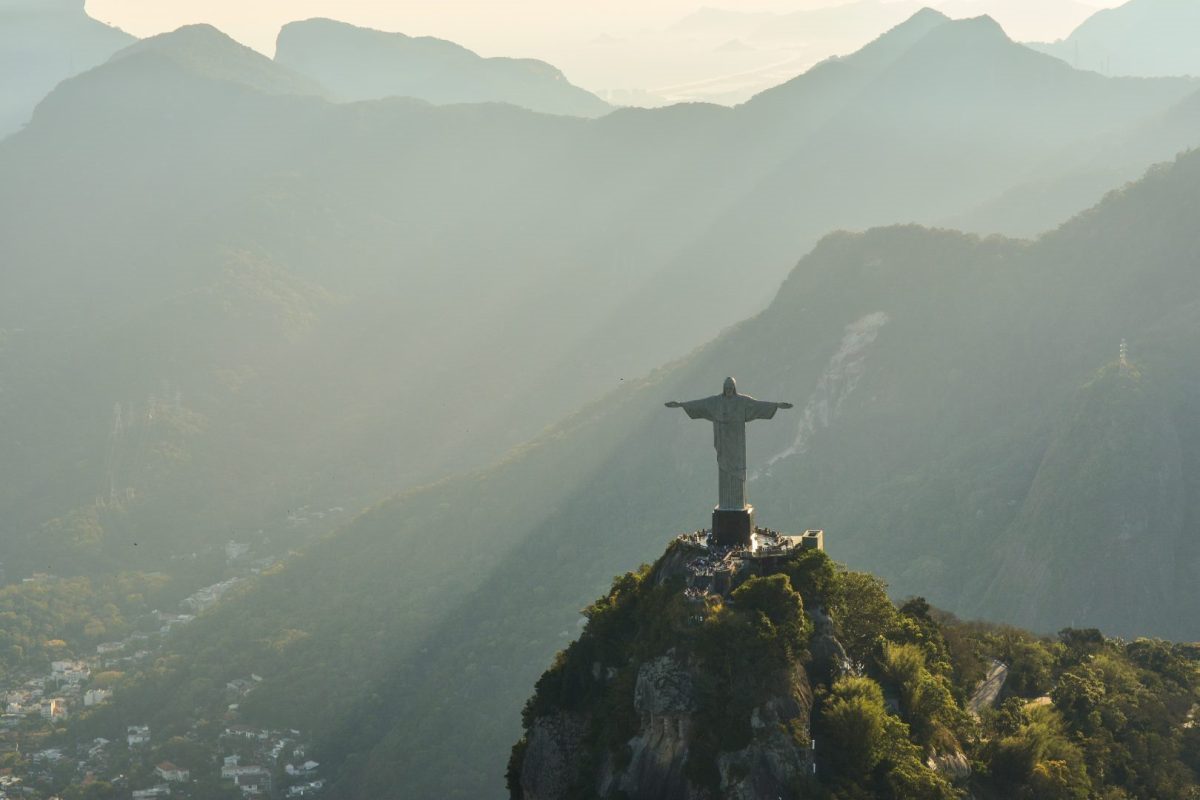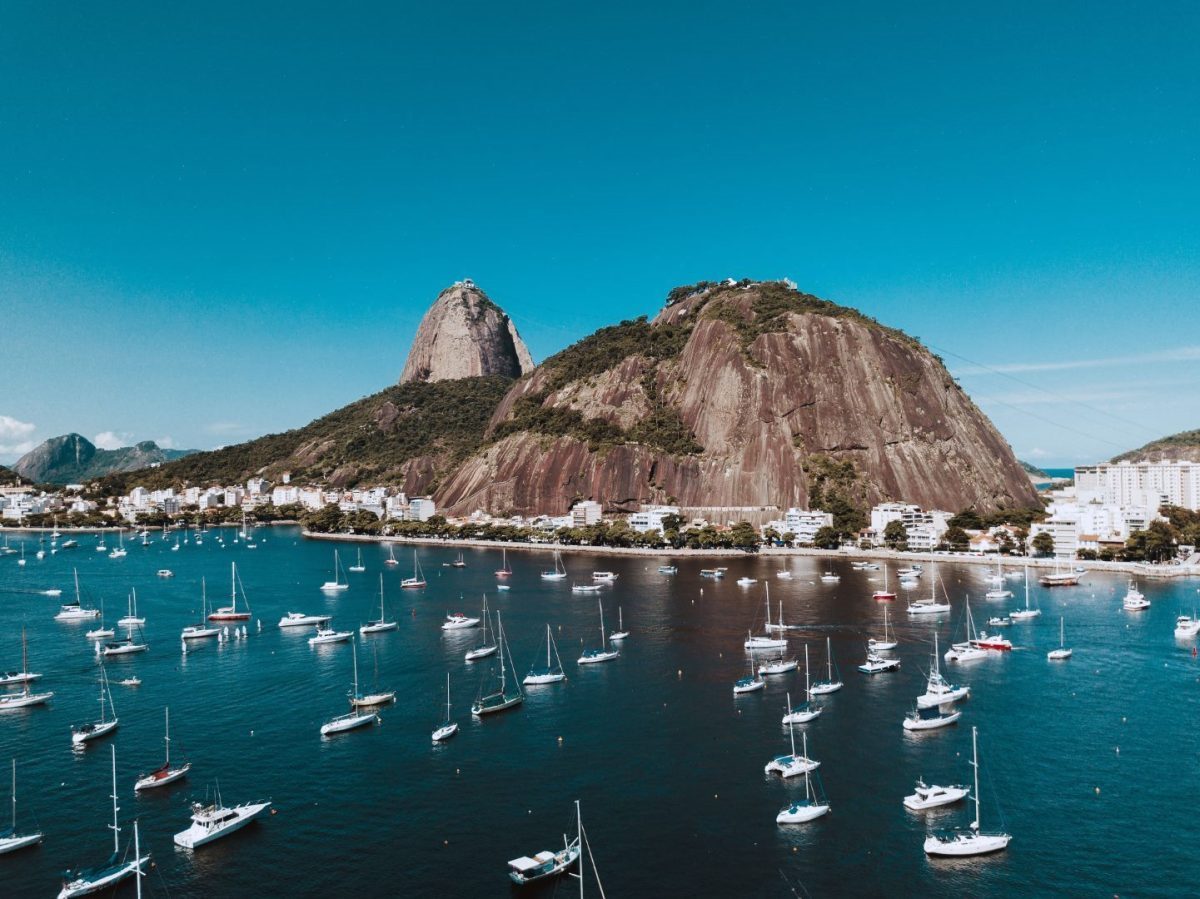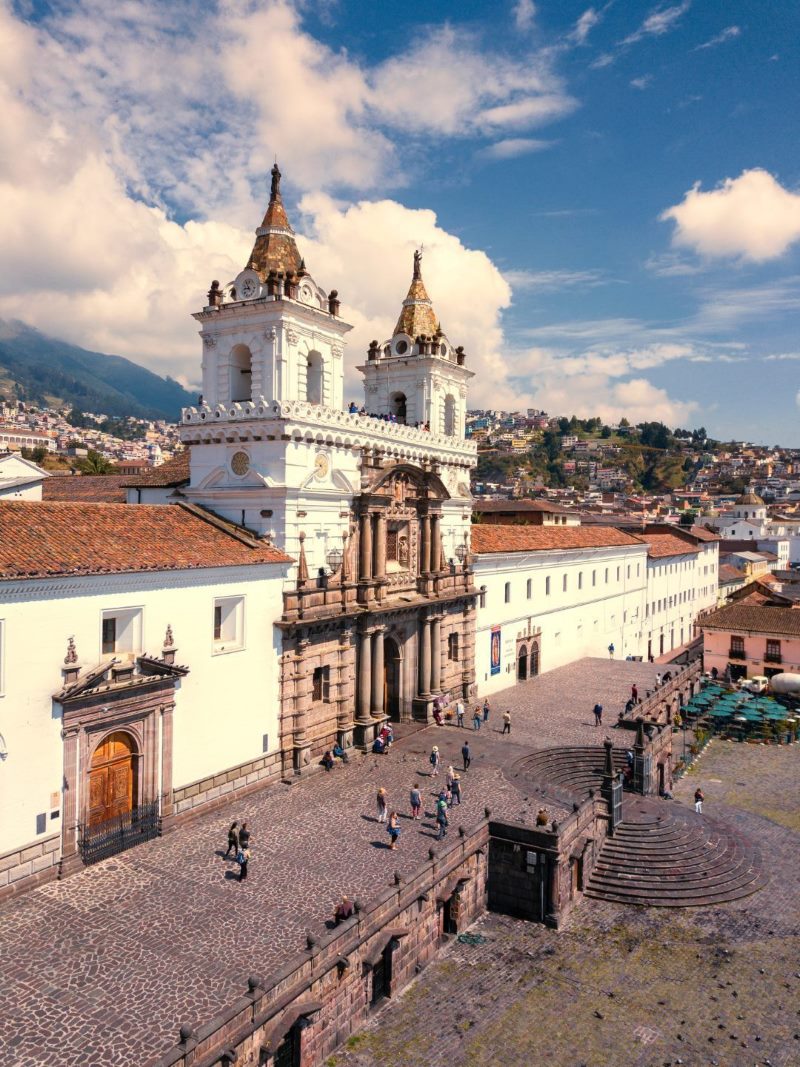How to Plan Your Santa Teresa & Lapa Tour With Tram Ride And Selarón Steps in Rio de Janeiro
If you’re planning a trip to Rio de Janeiro, you won’t want to miss out on the Santa Teresa & Lapa Tour with Tram Ride and Selarón Steps. This tour combines the best of Rio’s history, culture, and architecture in one unforgettable experience. In this post, we’ll take you through everything you need to know to plan your tour of Santa Teresa, Lapa, the tram ride, and the Selarón Steps.Overview of the Tour
The Santa Teresa & Lapa Tour with Tram Ride and Selarón Steps is a half-day tour that takes you through two of Rio’s most famous neighborhoods. The tour begins in Downtown, where you will take the traditional tram to Santa Teresa. You’ll then explore the neighborhood’s winding narrow streets, colorful buildings, and stunning architecture. Afterward, you’ll visit Lapa to see the iconic Selarón Steps and explore the vibrant nightlife of this lively neighborhood.Highlights of the Tour
Here are some of the top highlights of the Santa Teresa & Lapa Tour with Tram Ride and Selarón Steps:- Ride the most traditional tram in Rio de Janeiro
- Explore Santa Teresa and experience its special flair
- Enjoy Rio’s mesmerizing landscape from the Ruins Park
- Walk down the colorful stairway of the Selarón Steps
- Visit Confeitaria Colombo and try Brazilian snacks (the cafe is closed on Sundays)
Details of the Tour
Here’s what you can expect on each part of the tour:The Tram Ride
The tour starts in Downtown, where you will take the traditional tram to Santa Teresa. The tram system, also known as “bondinho,” has been running since the late 19th century and is now one of Rio’s most beloved cultural symbols. During the ride, you’ll cross over the Arcos da Lapa, an old aqueduct that connects Santa Teresa to Downtown, and also one of Rio’s most iconic postcards.Santa Teresa
Once you arrive in Santa Teresa, you’ll explore the distinctive neighborhood with an interesting local atmosphere. Santa Teresa is located on a hillside and has become a district of cultural interest because of its architectural value and prime location. The winding narrow cobblestone streets and colorful buildings are a favorite spot for artists and tourists. During the tour, you’ll also visit the Ruins Park, which offers an incredible view of the city.The Selarón Steps
After exploring Santa Teresa, you’ll head to Lapa, one of Rio’s most famous neighborhoods. The highlight of this area is the Selarón Steps, a colorful stairway covered in tiles from all over the world. Each step is a different color or pattern, making for a truly unique photo opportunity. The Selarón Steps were created by Jorge Selarón, a Chilean-born artist who spent over 20 years covering the steps with tiles. Sadly, Selarón passed away in 2013, but the steps stand as a testament to his incredible vision and dedication to art. During this part of the tour, you’ll have free time to explore Lapa and its vibrant nightlife.Booking the Tour
To book the Santa Teresa & Lapa Tour with Tram Ride and Selarón Steps, visit this link and follow the instructions. The tour is offered by a third-party company, so pricing and availability may vary. You should book the tour in advance to ensure availability.Book Your Tour Now
The Santa Teresa & Lapa Tour with Tram Ride and Selarón Steps is an incredible way to experience the best of Rio de Janeiro’s history, culture, and architecture. By following the tips and advice in this post, you’ll be able to plan a perfect day exploring two of Rio’s most famous neighborhoods.
FAQ About Rio de Janeiro
Rio de Janeiro is one of Brazil’s most iconic destinations, known for its vibrant culture, stunning beaches, and lively nightlife. Whether you’re planning a visit to the city for the first time or you’re a seasoned traveler, this FAQ will provide you with all the information you need to know about Rio de Janeiro.1. What is the best time to visit Rio de Janeiro?
Rio de Janeiro is a year-round destination, but the best time to visit depends on your preferences. High season in Rio de Janeiro is from December to February, during the summer months. This is when the city is most crowded and expensive. However, if you want to experience the famous carnival, which usually occurs in late February or early March, then this is the ideal time to visit. If you want to avoid the crowds and get cheaper prices, the low season runs from May to October when temperatures are cooler. During the low season, airfare, and accommodation prices can be up to 30% cheaper.2. What are the must-see attractions in Rio de Janeiro?
There are many must-see attractions in Rio de Janeiro that you should include on your itinerary. Here are some of the most popular ones:a. Christ the Redeemer Statue:
This iconic statue is the main symbol of Rio de Janeiro and is located at the top of Corcovado Mountain.b. Sugarloaf Mountain:
Another famous landmark and a perfect spot to enjoy a panoramic view of the city.c. Copacabana and Ipanema Beach:
Rio de Janeiro is famous for its world-renowned beaches, and these two are the most popular ones.d. Tijuca National Park:
This is one of the world’s largest urban forests, covering an area of more than 3,000 hectares.3. What should I eat in Rio de Janeiro?
Rio de Janeiro is famous for its delicious and colorful cuisine, influenced by Portuguese, African, and indigenous cultures. Here are some traditional Brazilian dishes that you should try while in Rio:a. Feijoada:
This is Brazil’s national dish, usually made with black beans, pork, and beef.b. Coxinha:
These are deep-fried chicken croquettes usually served as an appetizer.c. Pão de queijo:
These delicious cheese bread bites are popular in Brazil and make a great snack.d. Churrasco:
This is a style of barbecue that is popular in Brazil, and it is served at many traditional Brazilian restaurants.4. How can I get around Rio de Janeiro?
Rio de Janeiro has an extensive public transportation system, including buses and a subway system that connects the city’s major attractions. Taxis and ride-share services like Uber and 99 are also available if you prefer private transportation. However, be aware that Rio de Janeiro’s traffic can be heavy and chaotic, especially during rush hour.5. Is Rio de Janeiro safe to visit?
While Rio de Janeiro has improved its safety in recent years, it is still a big city with pockets of high crime. Tourists are advised to be vigilant when walking around, especially at night, and to avoid carrying valuables. It is recommended to stick to well-lit areas and taking official taxis or ride-share services instead of hailing a taxi on the street.6. What is the local currency in Rio de Janeiro?
The local currency in Rio de Janeiro and Brazil is the Brazilian Real (BRL). USD and Euros are also widely accepted, but you may get a better exchange rate if you use the local currency. ATMs are available in most parts of the city, and many hotels and restaurants accept credit cards.Book Your Tour Now
Rio de Janeiro is a magnificent destination full of exciting experiences, from visiting world-famous landmarks to savoring traditional Brazilian cuisine. With this FAQ, you’ll be well-prepared to have a safe and enjoyable trip to Rio de Janeiro. Remember to plan your trip according to your preferences, be aware of your surroundings and enjoy all that this vibrant city has to offer!
How to Spend Your Time as a Tourist in Rio de Janeiro
Rio de Janeiro is one of the most beautiful cities in the world. With its vibrant culture, stunning beaches, lush rainforests, and lively nightlife, there is no shortage of activities for tourists. However, with so much to see and do, it can be overwhelming to plan your itinerary. Here’s a step-by-step guide on how to spend your time as a tourist in Rio de Janeiro.1. Visit Christ the Redeemer
Christ the Redeemer is one of the most famous landmarks in Rio de Janeiro. Standing 98 feet tall atop Corcovado Mountain, it provides breathtaking views of the city. You can reach the statue by taking the cog railway, which departs from the base of the mountain. It’s important to plan your visit in advance as the statue can get crowded during peak tourist season. Also, make sure to check the weather forecast as clouds can obscure the views of the city.2. Explore the Beaches
Rio de Janeiro is home to some of the world’s most beautiful beaches. Copacabana, Ipanema, and Leblon are some of the most popular. The beaches are perfect for sunbathing, swimming, and surfing. There are also plenty of beachside bars and restaurants where you can enjoy the local food and drinks. If you’re looking for a quieter spot, Praia Vermelha and Joatinga are two hidden gems worth visiting.3. Enjoy the Nightlife
Rio de Janeiro is known for its vibrant nightlife. From samba clubs to live music venues, there are plenty of options for entertainment after dark. Lapa is a neighborhood famous for its nightlife scene, where you can dance the night away to traditional Brazilian music. In addition to nightlife, the city also has plenty of cultural events, such as theater performances and art exhibitions.4. Take a Jungle Tour
Rio de Janeiro has a unique mix of urban culture and natural scenery. A jungle tour is the perfect way to experience the city’s natural beauty. Tijuca National Park is the largest urban forest in the world, and it’s located just a short drive from the city center. There are several tour companies that offer guided hikes and jeep tours through the park.5. Sample the Local Food
Brazilian cuisine is a delicious mix of African, European, and indigenous influences. There are plenty of local dishes that you should try during your visit to Rio de Janeiro, such as Feijoada, a hearty stew made with black beans and meat, and Pão de Queijo, a cheesy bread roll. You can also try a variety of fresh seafood dishes at one of the city’s many seafood restaurants.6. Attend a Football Match
Brazil is known for its love of football, and Rio de Janeiro has several stadiums where you can watch a game. Maracanã Stadium is the largest stadium in Brazil and has hosted several World Cup matches. Attending a football match is a great way to experience the local culture and get a glimpse of the passion that Brazilians have for the game.7. Take a Day Trip
Rio de Janeiro is located near several destinations that are worth a visit. Petrópolis, a historic town located in the mountains, is just a short drive from Rio de Janeiro. The town is famous for its beautiful architecture and museums. Búzios, a town located on the coast, is known for its stunning beaches and turquoise waters. There are several tour companies that offer day trips to these destinations.Book Your Tour Now
Rio de Janeiro has something for everyone, whether you’re interested in culture, nature, or simply relaxing on a beautiful beach. By following this step-by-step guide, you can create an itinerary that allows you to experience all the best things the city has to offer. Just remember to plan ahead, stay safe, and have fun!Table of Contents

